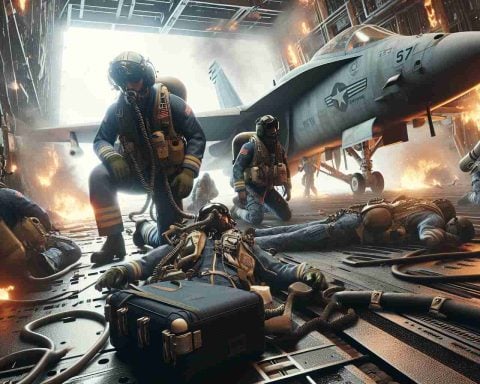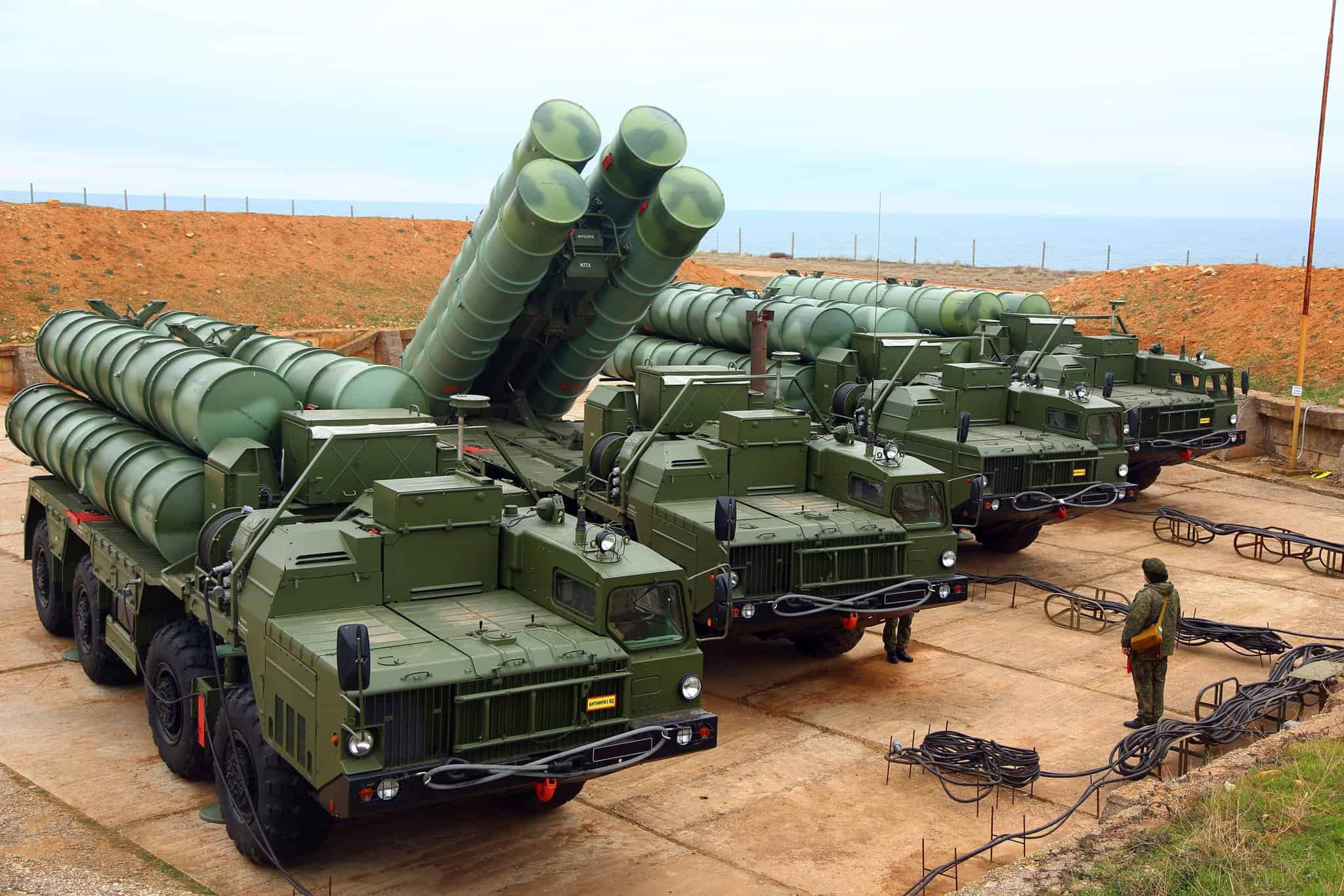Unexpected Consequences in the Red Sea
In a surprising turn of events, two United States Navy pilots were involved in a “friendly fire” incident over the Red Sea. The pilots, both from an F/A-18 Super Hornet, narrowly escaped after their aircraft was mistakenly targeted by the USS Gettysburg, a guided-missile cruiser within the USS Harry S. Truman Carrier Strike Group. Despite the dramatic circumstances, they successfully ejected and were retrieved, although one sustained minor injuries.
Mounting Tensions Amid Complex Operations
This mishap marks an alarming spike in operational risks for U.S. forces. The Red Sea has been a hotbed of activity, with increased attacks by Yemen’s Iran-backed Houthi rebels, who target both commercial and military vessels. In response, the U.S. and its allies have ramped up their presence to secure pivotal maritime routes.
U.S. Central Command confirmed the incident and acknowledged the intricate challenges faced by forces in the area. The precise cause behind the missile misidentification remains elusive, especially given the advanced technological systems in place.
Heightened Security and Strategic Interventions
As the conflict in Yemen escalates, American air operations have intensified. Recent strikes have targeted Houthi military infrastructure both in Sanaa and Hodeida, aiming at missile storage and command centers, in a bid to thwart Houthi aggression in the Red Sea.
Additionally, ongoing Houthi attacks on merchant vessels underscore the strategic importance of securing this volatile region. The fragile security landscape poses myriad challenges for military planners, underscoring the complexities of maritime operations in such contested waters.
Unexpected Military Mishap Highlights Growing Red Sea Tensions
The recent friendly fire incident over the Red Sea, involving U.S. Navy pilots from an F/A-18 Super Hornet, underscores the mounting operational complexities faced by American forces in the region. Amidst heightened military activity involving U.S. forces and Iran-backed Houthi rebels, the incident raises concerns about the reliability of advanced military technology and the challenges of maintaining operational security in high-stakes environments.
Advanced Military Technology: Pros and Cons
Modern military operations rely heavily on advanced technological systems designed to minimize risks. However, incidents like the missile misidentification by the USS Gettysburg highlight potential vulnerabilities and limitations. While cutting-edge systems enhance precision and effectiveness, they also introduce complexities that can lead to unexpected consequences, especially in high-pressure scenarios.
Strategic Importance of the Red Sea
The Red Sea remains a region of significant strategic importance due to its critical maritime routes, through which a large percentage of global trade passes. Reduction in maritime security could disrupt these trade flows, creating economic repercussions far beyond the immediate geopolitical context. The U.S. and its allies, therefore, prioritize the stabilization of this volatile region to ensure unhindered navigation and commerce.
Security Aspects and Military Interventions
In response to escalating Houthi attacks, American forces have intensified military operations aimed at incapacitating the rebels’ military infrastructure. While these interventions are crucial for regional security, they carry the inherent risk of further escalating tensions. Military planners must balance offensive measures with strategies aimed at diplomatic resolutions to sustain long-term stability.
Predictions for Future Engagements
As conflicts in the Middle East continue to evolve, the likelihood of additional incidents and escalations poses a significant challenge to regional stability. The United States may need to invest in even more sophisticated technologies and diplomacy to adapt to the unpredictable nature of these confrontations. This strategic pivot could play a pivotal role in future military engagements, avoiding mishaps, and improving the overall security environment.
Further Information
For more insights into ongoing defense strategies and technological advancements in military operations, visit the U.S. Department of Defense website to stay informed about developments that could shape the future of global security.

















